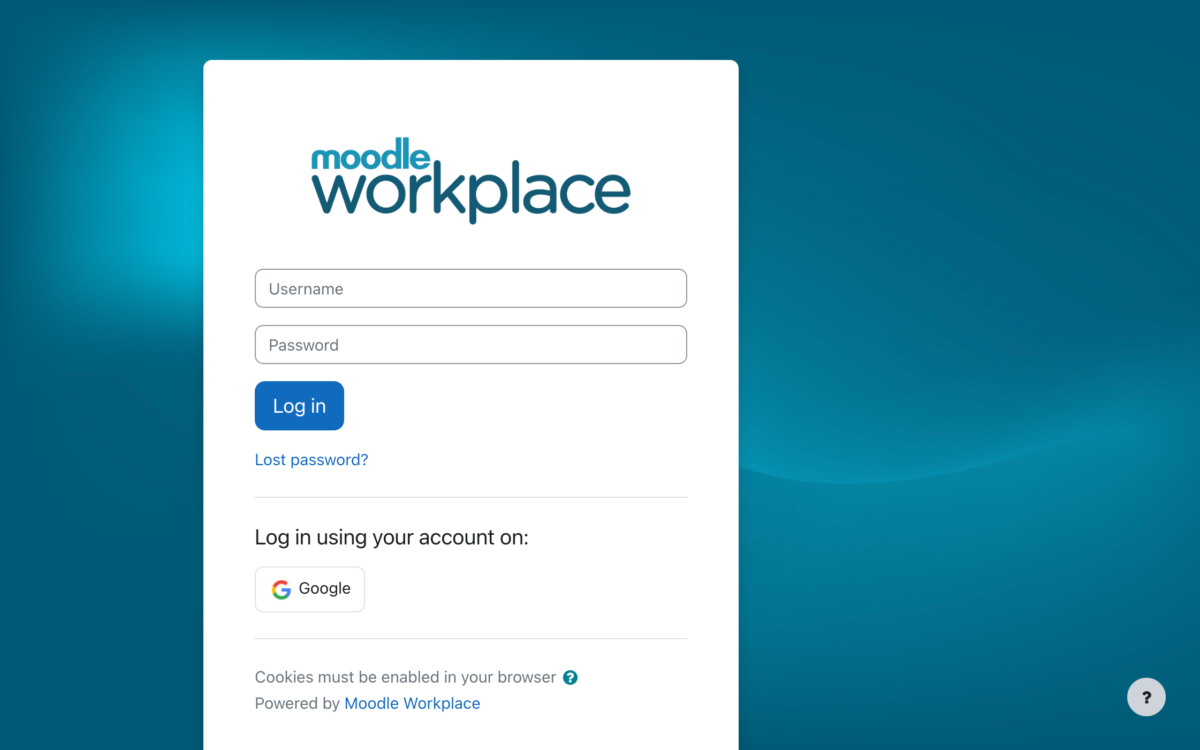Paper based onboarding of new staff and contractors can be time consuming, costly and inefficient, with new recruits having to be physically supervised to learn the organisation’s policies, procedures, roles and services.
Moving staff onboarding online using your LMS enables tracking user progress and is especially beneficial for staff and contractors located in diverse geographies and time zones.
Beyond the cost of a LMS, other factors which come into play by moving onboarding online, include:
– with a standardised onboarding process for roles and departments, learners can easily receive information relevant to their role in a practical way.
– improving a process is difficult, if there is no formal procedure in place to measure it, hence, if all staff go through the same learning process and provide feedback, it is much easier to pinpoint which components were successful and which need improvement.
– with the changing nature of the workplace, especially the rise of working remotely, there is a big challenge in not only the onboarding of new staff, but how to maintain and track compliance and certifications with existing ones.
Tips to make on-boarding content better
Like all online content, considerable planning is needed to ensure it provides engaging, valuable, and impactful learning for users. Also consider the following:
Choice of LMS – There are a lot of choices for LMS on the market: open source, closed source or mix of the two. At My Learning Space, we support open source products, meaning the code is freely available to download, use, customise, redistribute and modify, with no licensing costs or vendor lock-ins. Hence your organisation is free to incorporate the best and most innovative tools to the learning platform in step with changing needs.
LX Design – Good design is the key to user engagement. Some preliminary planning and feedback will be required to judge what content works best for your organisations users – videos, learning objects, gamification?
Role based learning – Typically with onboarding, the same mandatory learning and training is required by all staff, however, this differs with training material specific to a role, or even skill level. By considering the new staff role and previous experience, training can be designed around specific roles.
Analytics and Reporting – Important not just to track learner progress and identify learners at risk of dropping out, but key to identifying what is working as well as what improvements can be made to provide better outcomes.
Social Tools – Use your platform’s in-built communication tools to help your learners complete their training. Encourage use of forums, chat and discussions to facilitate effective learning.
To determine whether investment in a LMS and content for onboarding is a viable option, a good place to start is by calculating the resources spent on manually onboarding staff and contractors, including time that management and other employees spend away from their daily duties, the effectiveness of paper-based training and the ability to track progress and report on completion rates. Then, compare the cost of a software subscription service where training programs can be delivered anytime/ anywhere, tracked and reported.







